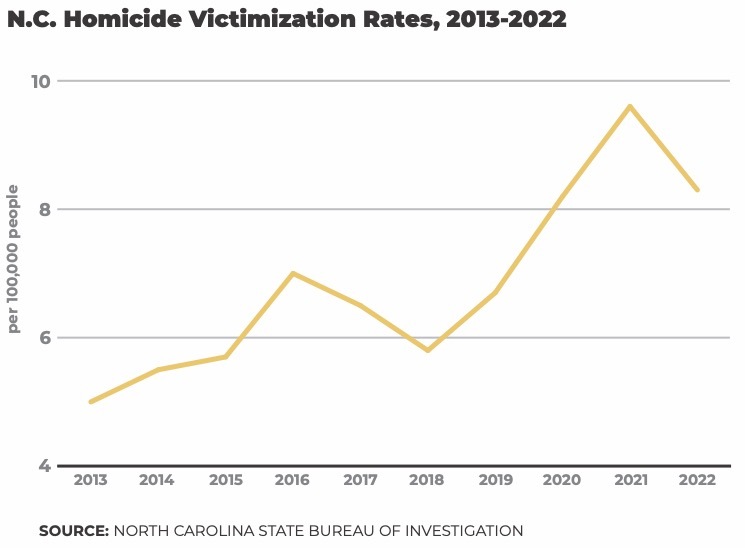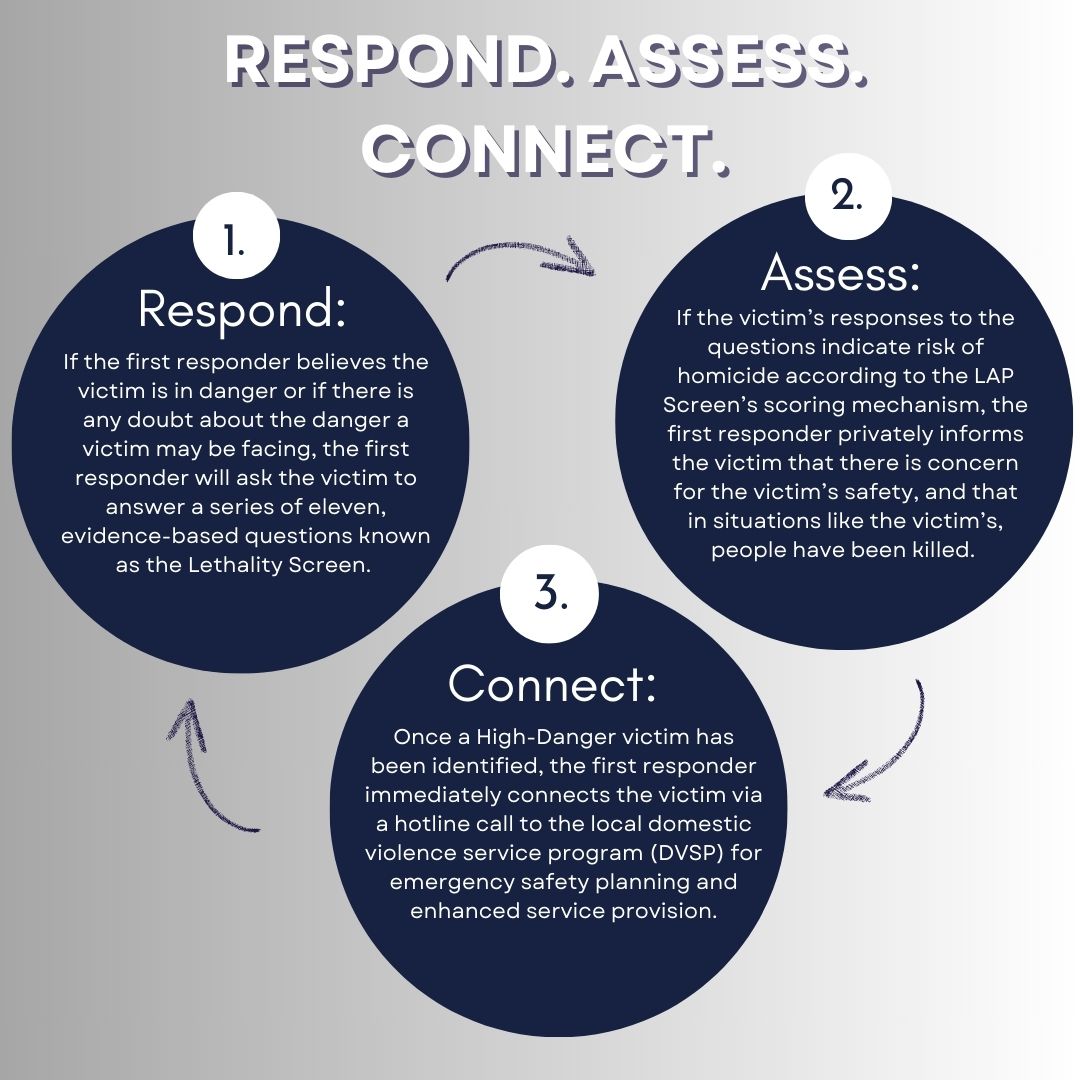In the heart of North Carolina, where communities pulse with life and the rhythms of daily routine, recent reports have shed light on an unsettling undercurrent. Crime and injury statistics, often the silent indicators of deeper societal shifts, reveal stories that ripple through neighborhoods and challenge assumptions about safety and wellbeing. This article delves into the latest data and accounts emerging from across the state, offering a clear-eyed look at the patterns and incidents that shape the public’s experience today. By understanding these developments, residents and officials alike can better navigate the path toward a safer, healthier North Carolina.
Table of Contents

Recent crime trends shaping North Carolina communities
North Carolina has seen notable shifts in criminal activity over recent months, with urban centers reporting a rise in certain offenses while rural areas face distinct challenges. Property crimes such as burglary and vehicle theft have surged in metropolitan regions, influenced partly by economic factors and increased population density. Conversely, smaller communities are grappling with spikes in drug-related offenses, underscoring the ongoing battle with substance abuse and trafficking networks. These contrasting patterns highlight the complex interplay between local demographics and crime dynamics across the state.
Community safety initiatives are adapting rapidly to address these evolving threats. Key focus areas include:
- Enhanced neighborhood policing: fostering stronger ties between law enforcement and residents.
- Technology integration: employing surveillance and data analytics to preempt criminal activity.
- Prevention programs: targeting at-risk youth and rehabilitation efforts.
| Crime Category |
Change % (Last 6 Months) |
Most Affected Region |
| Burglary |
+15% |
Charlotte Metro Area |
| Drug Offenses |
+22% |
Rural Eastern NC |
| Assault |
+8% |
Raleigh Urban Districts |
| Vehicle Theft |
+12% |
Durham and Surrounding Areas |

Analyzing the most affected regions and demographics
When breaking down crime and injury data across North Carolina, certain areas consistently emerge as hotspots. Urban centers like Charlotte and Raleigh report higher frequencies of violent incidents, including assaults and robberies, while rural counties tend to see more accidents related to agricultural machinery and motor vehicles. Understanding these geographical trends is crucial for law enforcement and community agencies aiming to deploy resources efficiently and implement targeted prevention programs.
Demographically, the data reveals distinct patterns tied to age, socioeconomic status, and ethnicity. Young adults between the ages of 18 and 35 show elevated involvement in both as victims and perpetrators of certain crimes, often correlated with areas experiencing economic hardship. Additionally, marginalized communities sometimes face a disproportionate burden of injuries due to limited access to healthcare and safe recreational environments. Below is a brief overview of key affected groups:
- Age Group 18-35: Highest rates of violent crime involvement
- Low-income Neighborhoods: Increased injury from accidents and assaults
- Rural Populations: Elevated agricultural and vehicle-related injuries
- Minority Communities: Higher exposure to systemic risks and fewer preventive resources
| Region |
Primary Concern |
Most Affected Demographic |
| Charlotte Metro |
Violent Crime |
Young Adults (18-35) |
| Rural Eastern NC |
Vehicle & Agricultural Injuries |
Farmworkers & Older Adults |
| Urban Raleigh |
Property Crimes |
Low-income Families |
| Coastal Areas |
Accidents & Assaults |
Minority Communities |

Common causes and implications of reported injuries
Injuries reported across North Carolina often stem from a mix of factors, each painting a unique picture of the underlying circumstances. Traffic accidents lead the list, frequently caused by distracted driving, speeding, or driving under the influence. These incidents not only result in physical harm but also contribute to significant emotional trauma for victims and families. Another common source includes workplace accidents, especially in industries like construction and manufacturing where heavy machinery and hazardous materials increase risk. Additionally, assaults and domestic violence comprise a troubling portion of injury reports, highlighting ongoing social challenges impacting communities statewide.
The implications of these injuries ripple beyond immediate physical damage. Victims often face prolonged medical treatments, loss of income, and mental health struggles such as anxiety and PTSD. Communities bear the burden as well—emergency response systems become stretched, insurance rates can rise, and public safety resources are diverted to manage these incidents. The table below summarizes key causes alongside their typical implications:
| Cause |
Common Implications |
| Traffic Accidents |
Physical injuries, emotional trauma, legal consequences |
| Workplace Accidents |
Lost workdays, medical expenses, long-term disability |
| Assault & Domestic Violence |
Physical and psychological harm, social stigma, ongoing risk |
Taking preventative measures and increasing awareness around these common injury causes can substantially reduce their occurrence and severity. Education campaigns, stricter enforcement of safety regulations, and accessible support services are crucial steps toward fostering safer neighborhoods and workplaces alike.

Law enforcement responses and preventive strategies
In response to the uptick in recent crime and injury statistics, law enforcement agencies across North Carolina have intensified their initiatives, focusing on both reactive and preventive measures. Enhanced community policing efforts have been key, with officers engaging more deeply with neighborhoods through regular patrols and public safety workshops. These interactions not only build trust but also foster a collaborative environment where residents feel empowered to report suspicious activities early, preventing escalation. Technological adoption has also surged, including increased use of surveillance cameras and data analytics to identify crime patterns and allocate resources more effectively.
Preventive strategies extend beyond traditional policing methods, incorporating educational campaigns aimed at vulnerable groups, including youth and senior citizens. Programs targeting substance abuse prevention and domestic violence awareness play a critical role in reducing related incidents. Additionally, partnerships between law enforcement, local government, and community organizations strengthen the safety net by addressing socio-economic factors contributing to crime. The table below illustrates some of the key strategies currently employed across various counties in North Carolina:
| Strategy |
Focus Area |
Expected Outcome |
| Community Policing |
Neighborhood engagement |
Increased trust and crime reporting |
| Technology Integration |
Surveillance and data analysis |
Proactive crime prevention |
| Education Programs |
Youth and vulnerable populations |
Lower incidence of risk behaviors |
| Multi-agency Partnerships |
Cross-sector collaboration |
Holistic crime reduction |
- Regular Safety Workshops: Empower communities with knowledge and practical skills.
- Neighborhood Watch Networks: Foster vigilant and coordinated community oversight.
- Substance Abuse Outreach: Address root causes to minimize related crimes.

Local communities stand as the first line of defense when it comes to improving public safety. Through active participation, neighborhood watch programs, and collaborative crime reporting, residents help to bridge the gap between law enforcement and the public. Community-driven initiatives empower individuals to recognize suspicious activities, provide timely information, and foster trust that enhances the overall security environment. These grassroots actions, along with educational workshops, encourage a vigilant and informed citizenry ready to respond proactively to potential threats.
Key contributions from community roles include:
- Establishing neighborhood communication networks
- Organizing safety awareness events
- Partnering with local police for crime mapping and prevention strategies
- Supporting rehabilitation and outreach programs for at-risk individuals
| Community Role |
Impact on Public Safety |
Example |
| Neighborhood Watch Groups |
Increased surveillance, quicker crime reporting |
Monthly patrols reducing home burglaries by 15% |
| Local Schools |
Promoting youth awareness about safety |
Peer-led workshops on bullying prevention |
| Religious Organizations |
Support networks fostering social cohesion |
Community counseling and crisis intervention |

Practical recommendations for reducing risks and supporting victims
Empowering communities to minimize dangers begins with awareness and proactive measures. Establishing neighborhood watch groups and promoting open communication between residents and local law enforcement can deter criminal activities. Residents are encouraged to secure their homes by installing adequate lighting, using quality locks, and avoiding sharing travel plans publicly. Additionally, practical safety habits such as varying daily routes, being alert in public spaces, and reporting suspicious behavior immediately play a crucial role in risk reduction.
Supporting victims with compassion and effective resources is equally important. Providing accessible information on contacting victim support services, counseling centers, and legal assistance helps survivors overcome trauma and navigate the aftermath smoothly. Here is a quick reference chart outlining essential contacts and services for those affected:
| Service |
Contact Info |
Description |
| Victim Advocacy |
1-800-VC-HELP |
24/7 support and crisis intervention |
| Legal Aid NC |
1-866-219-5262 |
Legal guidance and representation |
| Counseling Services |
info@nc-counsel.org |
Confidential therapy sessions |
| Community Shelters |
nc-shelters.gov |
Safe housing for victims |
Q&A
Q&A: Recent Crime & Injury Reports in North Carolina
Q1: What are the latest trends in crime rates across North Carolina?
A1: Recent reports indicate a mixed pattern in crime rates throughout North Carolina. While violent crimes such as assaults and robberies have seen slight increases in some urban centers, many rural areas report a decline. Property crimes like burglary and theft show a modest decrease statewide, reflecting effective community policing and awareness programs.
Q2: Which areas in North Carolina have experienced notable spikes in criminal activity?
A2: Certain metropolitan regions, including parts of Charlotte and Raleigh, have reported upticks in specific crimes such as vehicle theft and drug-related offenses. These spikes are often linked to economic factors, population density, and ongoing social challenges.
Q3: How have injury reports evolved recently in NC, and what are common causes?
A3: Injury reports reveal an uptick in incidents related to traffic accidents, particularly involving distracted driving and impaired motorists. Additionally, workplace injuries in industries like construction and manufacturing continue to be a significant concern, prompting calls for improved safety measures.
Q4: What measures are law enforcement agencies taking to address these emerging issues?
A4: North Carolina’s law enforcement is enhancing surveillance, community engagement, and targeted patrols in high-risk areas. There’s also increased collaboration with public health and social services to tackle root causes such as substance abuse and mental health challenges.
Q5: How can residents stay informed and contribute to crime prevention in their communities?
A5: Residents are encouraged to utilize local crime mapping tools, participate in neighborhood watch programs, and report suspicious activities promptly. Staying informed through official reports and community meetings fosters a collective approach to safety.
Q6: Are there any recent legislative changes impacting crime and injury prevention in North Carolina?
A6: Yes, recent legislative sessions have introduced measures aimed at strengthening penalties for repeat offenders and improving funding for victim support services. Additionally, there’s a push towards safer road laws, including stricter regulations on distracted and impaired driving.
Q7: What resources are available for victims of crime and injury in the state?
A7: Victims can access a variety of state-funded services including counseling, legal assistance, and medical support through organizations like the North Carolina Crime Victims Compensation Program and local nonprofit agencies dedicated to recovery and advocacy.
This Q&A encapsulates the current landscape of crime and injury in North Carolina, providing a clear, balanced overview without alarmism, fostering informed awareness and proactive community involvement.
Concluding Remarks
As the latest crime and injury reports in North Carolina unfold, they paint a complex portrait of challenges and resilience within communities. While these numbers provide crucial insights into public safety trends, they also serve as a reminder of the ongoing efforts needed to foster safer neighborhoods. Staying informed is the first step toward meaningful action, and by keeping a vigilant eye on these developments, residents and officials alike can work together to build a more secure and supportive environment for all.




























